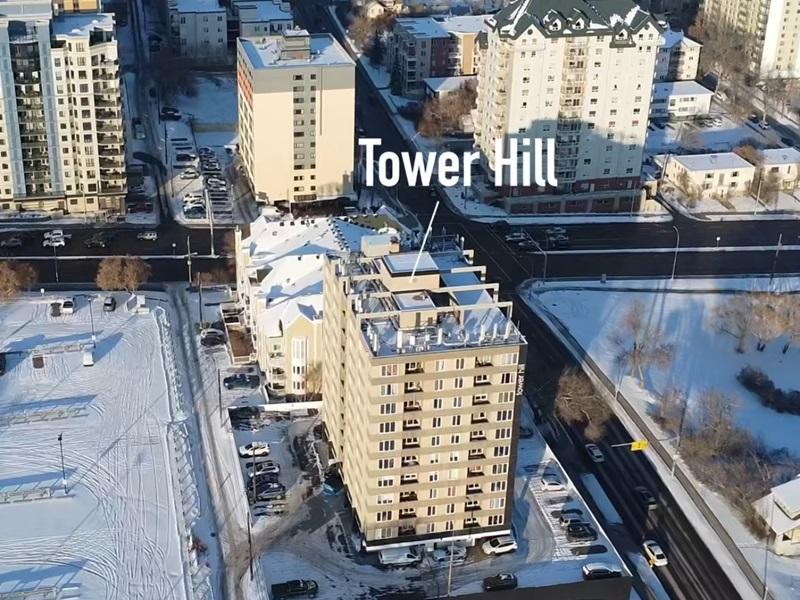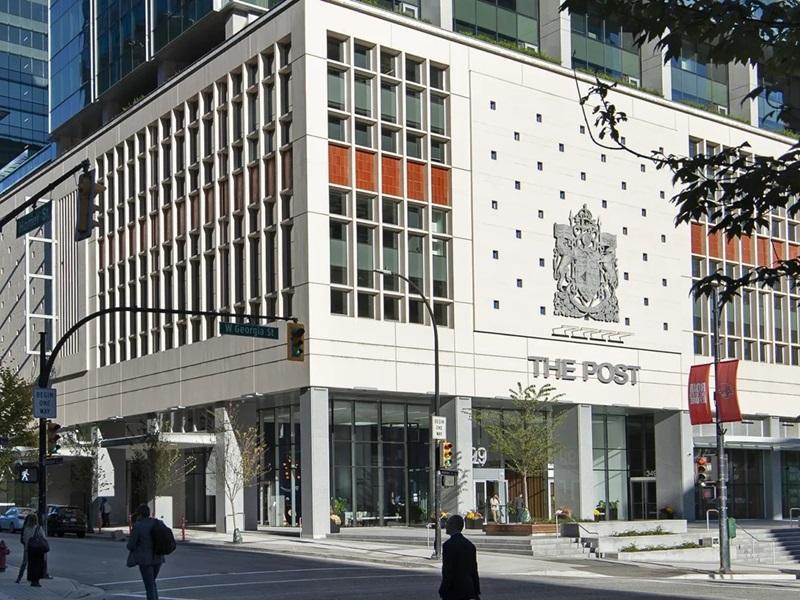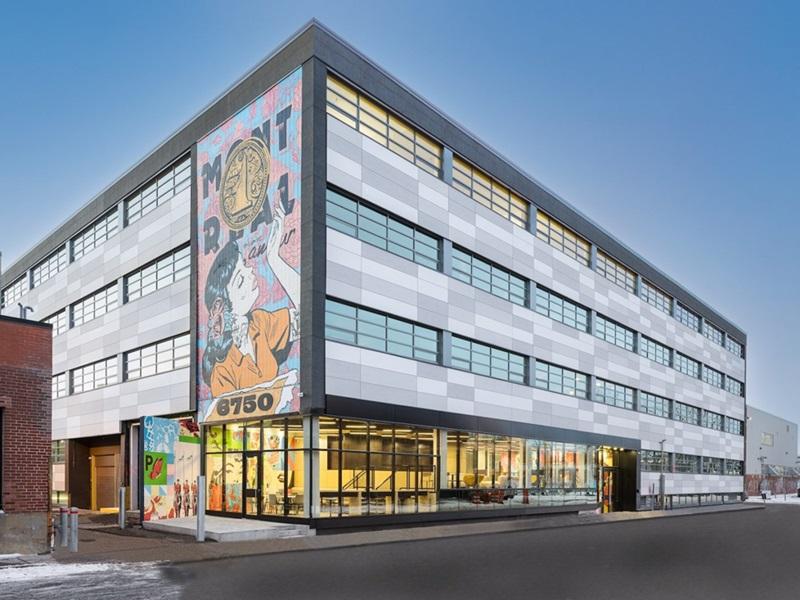On November 19, 2020, the federal government of Canada enacted Bill C-9, An Act to Amend the Income Tax Act (Canada Emergency Rent Subsidy and Canada Emergency Wage Subsidy, CERS) by royal assent, which came into effect on November 20, 2020. This program replaces the now-expired Canadian Emergency Commercial Rent Assistance Program (CECRA).
Two of the key differences between CECRA and CERS are that:
* CERS is not merely a commercial rent subsidy for tenants but is also a subsidy for commercial property owners who incur mortgage interest, insurance costs and property tax expenses in their business’ ordinary activities provided however that such businesses are not primarily using such property to earn rental income); and
* CERS is available directly to affected tenants and property owners, without the requirement to apply through the landlords.
There are important terms used within the CERS program including: “qualifying period”, “eligible entity”, “qualifying rent expenses”, “public health restriction”, and “qualifying renter” which are discussed in this article and are defined in Bill C-9 and/or the Canada Revenue Agency (CRA) website.
Review of these definitions is necessary for you and your legal counsel.
Material CERS information
Who is Eligible: To be eligible for CERS, the claimant must be a “qualifying renter” or a “qualifying property”. Public entities are not eligible.
An eligible entity is a “qualifying renter” if it satisfies the following pre-requisites:
* It must file an application no later than 180 days after the end of the applicable qualifying period;
* The person with responsibility for the financial activities of the eligible entity must attest that the application is complete and accurate; and
* The eligible entity must currently meet one of the following requirements (but the legislation permits additional criteria to be prescribed at a later date):
– it had, on March 15, 2020, a business number in respect of which it is registered to make payroll remittances, or it employed one or more individuals in Canada and its payroll was administered by a payroll services provider that used its payroll remittance business number to make such remittances; or
– it had, on September 27, 2020, a business number and provides records and other information satisfactory to the Minister in support of its application. It has not yet been described what information will be considered “satisfactory”.
A “qualifying property” is any real property used by the eligible entity in the course of its ordinary activities other than (a) real property that is a residence, and (b) where the eligible entity owns the property as a means to earn rental income from arm’s-length parties (for clarity, the property would still be a qualifying property for a commercial tenant, but not the owner). If you operate a business in your home or in a building with a residence you should consult with legal counsel to see if your property is a qualifying property.
When Does it Apply: CERS takes effect retroactively as of September 27, 2020 and currently is expected to continue to December 19, 2020, with possible extension until June 30, 2021.
How Do You Apply: Claimants can apply on and after November 23, 2020 and the process is set out here.
Applications for each “qualifying period” (4 weeks starting September 27, 2020) are due within 180 days after the end of the qualifying period. Currently, these qualifying periods end on December 19, 2020, but the legislation contemplates an extension of the qualifying periods until no later than June 30, 2021.
What is the Subsidy Amount: There is a base subsidy (up to 65% of “qualifying rent expenses”) and a top-up subsidy for eligible entities which are prevented from operating by government order (25% of “qualifying rent expenses”) for a maximum 90% subsidy of “qualifying rent expenses”.
Base Subsidy of up to 65%: The amount of the Base Subsidy is determined on a sliding scale based on the claimant’s “revenue reduction percentage” (the percentage the eligible entity’s “qualifying revenue” has decreased). Once the claimant determines its Base Subsidy rate (see chart below), the claimant multiplies the rate with its “qualifying rent expenses” (to a maximum of $75,000 of expenses per location and an overall maximum of $300,000 of expenses for affiliated entities per claim period). Note that “affiliates” may enter into agreements among themselves to apportion the Base Subsidy amongst them. More information on affiliated entities is provided on the CRA website.
|
Revenue Reduction Percentage (“RRP”) |
Rate Calculation |
Rent Subsidy Percentage* |
Subsidy Amount per Qualifying Period |
|
|
Based on $75,000 qualifying rent expenses |
Based on $300,000 qualifying rent expense |
|||
|
70% or more |
n/a |
65% |
$48,750 |
$195,000 |
|
50% to 69% |
(RRP – 50%) x 1.25 + 40% |
40% to 63.75% |
$30,000 to $47,812.50 |
$120,000 to $191,250 |
|
0% to 49% |
0.8 x RRP |
0% to 39.2% |
$0 to $29,400 |
$0 to $117,600 |
* Note: beyond December 19, 2020, the Base Subsidy percentage is not yet prescribed.
The “revenue reduction percentage” is determined using one of two approaches:
* the general approach is the default approach and compares revenue in the current or prior month to revenue in the same month in the preceding year; and
* the alternative approach must be elected into and compares revenue in the current or prior month to average monthly revenue in January and February 2020.
Claimants must use the same approach for all three CERS claim periods (12 weeks in total). If they had also applied for assistance under the Canada Emergency Wage Subsidy, they must follow the approach used under it.
Top-Up Subsidy of up to 25%: Claimants that qualify for the Base Subsidy AND are forced to close or significantly restrict operations by a “public health restriction” qualify for a further subsidy of 25% of qualifying rent expenses (to a maximum of $75,000 of expenses per location, and there is no cap on number of affected locations for affiliates).
A “public health restriction” means an order or decision that:
* is made under the laws of Canada or a province/territory (including orders made by a municipality or regional health authority) in response to COVID-19;
* is limited in scope, based on factors such as geographical boundaries, type of business or other activity, or risks associated with a particular location;
* is not the result of violating an order or decision that meets the conditions set out above;
* provides for a monetary penalty or other sanction for non-compliance; and
* restricts activities on the property by completely prohibiting a type of activity on the property, and not just the extent to which it can be performed. For example, for a restaurant, an order prohibiting indoor dining would qualify, while an order limiting patrons per table would not.
In addition, for a claimant to be entitled to the Top-Up Subsidy, the prohibited activity must have generated at least 25% of the claimant’s monthly revenue in the relevant prior reference period. For example, for the claim period from September 27 to October 24, 2020, the prior reference period would either be September or October 2019 (under the general approach) or January and February 2020 (under the alternative approach).







